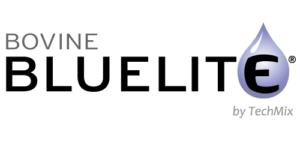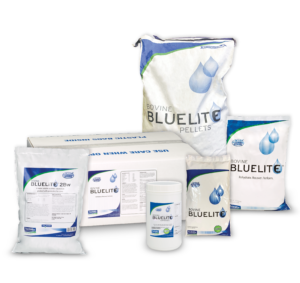Physiologic recovery and hydration
The financial impact heat stress has on the dairy industry is not favorable. In 2010 for example, heat stress is estimated to have lowered annual milk production totaling $1.2 billion in losses for the entire U.S. dairy sector (USDA Economic Research Service). In another example, a recent Italian study reported in the Journal of Dairy Science, shows that mortality rates for cows experiencing heat stress trend dramatically upward when THI reaches 79.6º F (Figure 1). And finally, reductions in reproductive performance of dairy cows during the summertime have been well documented and can be particularly costly to the producer with the value a pregnancy often calculated between $200 – $300.
Considering the economic impact alone, heat stress should truly be among the top concerns for dairy producers. Heat abatement equipment and practices should always be available, but disruptions in physiology require nutritional solutions that support recovery – and one of the most basic and commonly overlooked assessments is the cow’s hydration health.
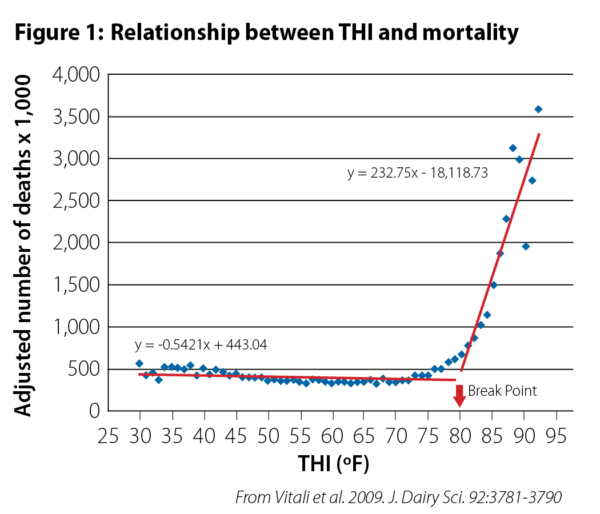
Cells and hydration health
Water is essential to every living mammal and contributes to critical biological functions involving digestion, metabolism, absorption, milk production, sweat and urination to name a few. Water can also act as a thermo regulator or buffer, helping the body retain heat in cold weather and shed heat during warm weather. But one of the key attributes of proper hydration is the impact water has on cellular function… the cornerstone of all physiologic systems. Water is the primary transport vehicle for nutrients like vitamins, minerals and energy into the cells but also works to remove waste products and toxins. This concept and functionality is just as true for the dam as much as it is for the fetus since water is transported from the dam to the fetus through amniotic fluid.
Nutrient supplementation for the heat stressed cow is vital to recovery and optimized health, although, success in nutrient supplementation can be impacted by water, hydration status and cellular health. Providing access to abundant, quality water without restriction is important when managing heat stress.
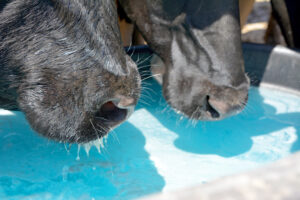
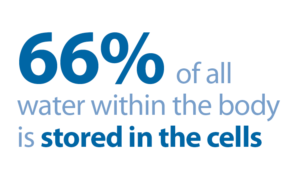
How much water is enough?
The rumen serves as a reservoir that releases consumed water to the body fluid compartments via osmotic pressure. As cells require fluid for metabolism, electrolytes and other nutrients exert osmotic pressure in order to continuously supply the cells with fluid for normal functions. If the body does not have enough fluids then the amount of nutrients transferred to the cells is greatly reduced. The amount of water intake required for normal maintenance and production demands are depicted in Figure 2. During heat stress events, water intake is utilized for managing heat stress first, while any remaining water is used for body maintenance requirements and milk production – thereby jeopardizing other biologic systems that require water for optimal hydration health status. To maintain normal cellular functions for instance, a 1,000 pound cow requires 12 gallons (96 pounds) of water on a daily basis. Some of this water comes from their feed ration (10-30%) and the balance from daily water volume intake (usually 8 to 9 percent of their total body weight. In lactating dairy cows, each 10 pounds of milk produced requires an additional gallon of water over maintenance requirements.
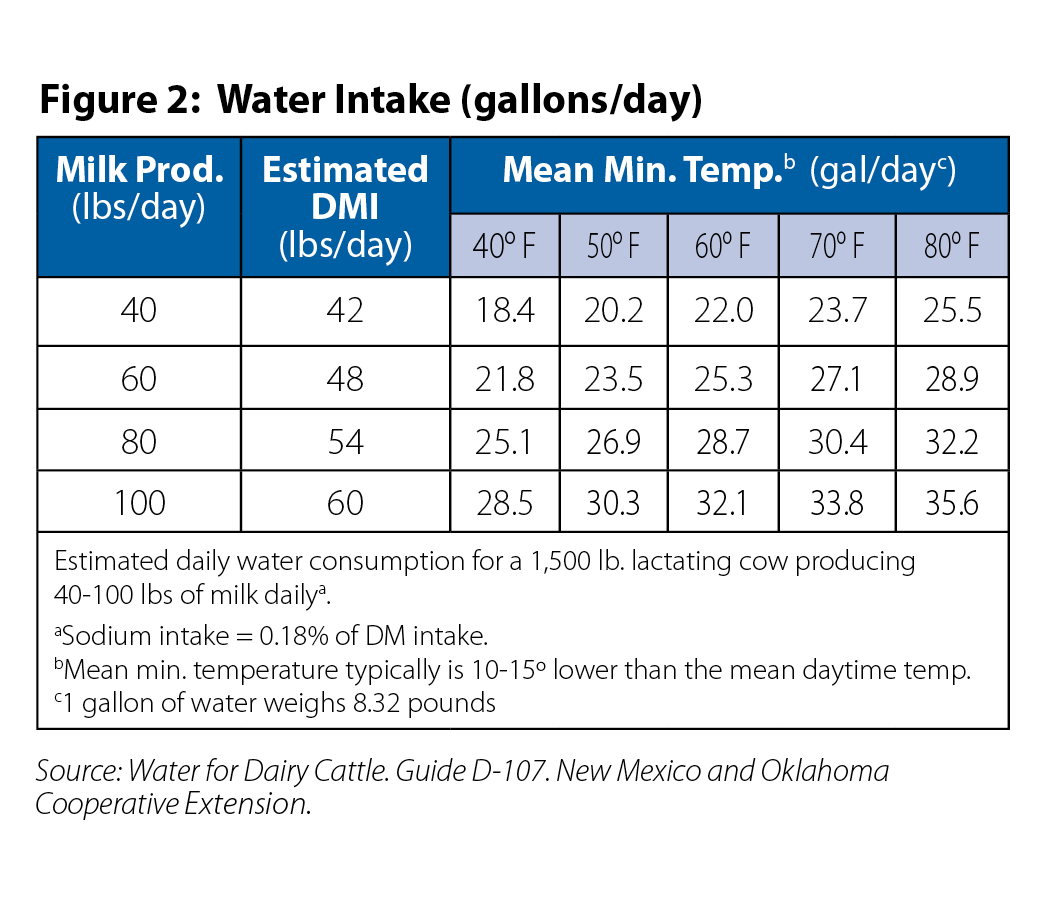
Water and Heat Stress
During heat stress events a cow will drink nearly 30 percent more water at 80°F than at 40°F. However, water consumption can actually decrease when the temperature is over 90°F due to inactivity and decreased dry matter intake (DMI). The drinking temperature of water during heat stress events also bears noting. Well water that is approximately 55º F is not as acceptable to cows (Wilks et al., 1990) as water at about 80º F and it appears that water temperatures between 60 and 80º F are most acceptable.
Water is a leading factor in health and production, therefore, maintaining clean water sources and having them placed in proximity to where the cows are – preferably in the shade – helps incite consumption.
How BOVINE BLUELITE is redefining hydration
For dairy cows, total body water content is about 65% of their body weight and during stress events when feed intake drops, the risk of shrink and reduced body condition can have a significant impact on pending estrus, fetal health and overall performance. TechMix has taken a novel approach toward the concept of hydration health and in the development of BlueLite. Our approach centers on the belief that hydration health is more than just water consumption, rather hydration health providing critical nutrients through water that support physiological recovery and health. Provided in forms convenient for the producer to use and appealing for the cow to consume, our BlueLite product line is one way TechMix is redefining hydration…to keep animals drinking, eating and producing.
BlueLite
- Provides essential nutrients through water
- Encourages water intake
- Encourages feed intake
- Supports cellular health
- Improve immune function
- Improve nutrient transfer
- Aid digestion and gut integrity
- Support metabolic balance

